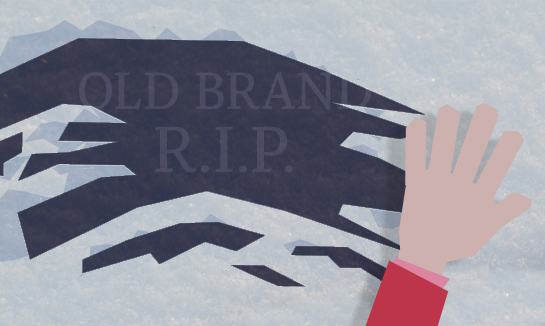
The world is changing. We are rapidly evolving away from a marketplace ruled by mass culture, to one filled with a riotous patchwork of specific niches. Not long ago, one-size-fits-all communications, branding, and products stood at the top of the heap. Whether it was the Big Three TV networks, Top 40 Radio, or products designed for the Average Jane, traditional marketing and branding sought the widest spread and the largest customer base. But in 2014, these bastions of lowest common denominator thinking are slowly crumbling, thanks to the increasing fragmentation of media, culture, and interests. And these fragments — whether you call them tribes, micro-communities, or niches — have powerful potential for organizations, brands, and marketers.






